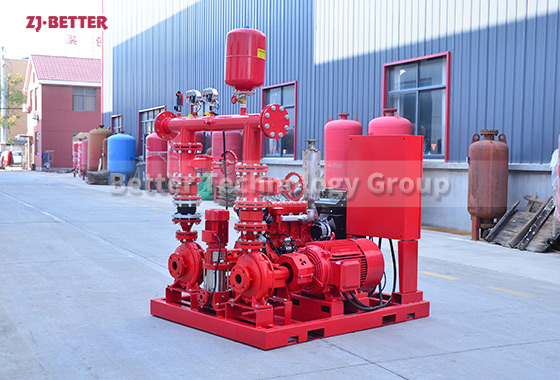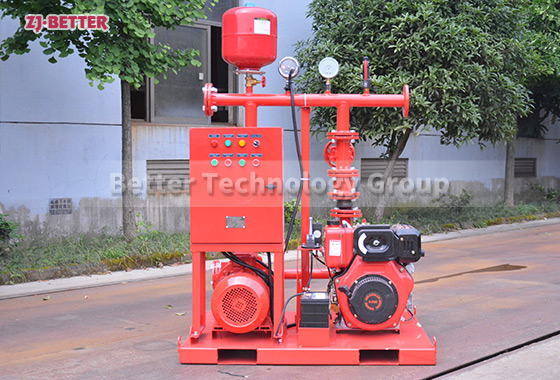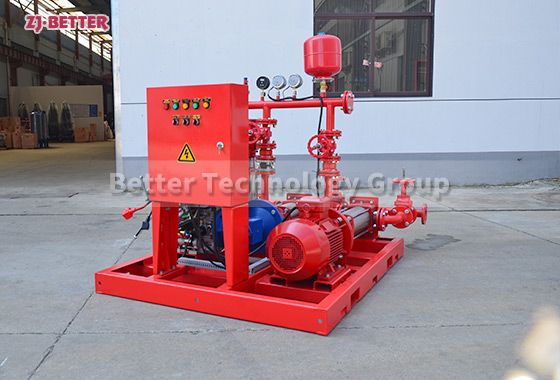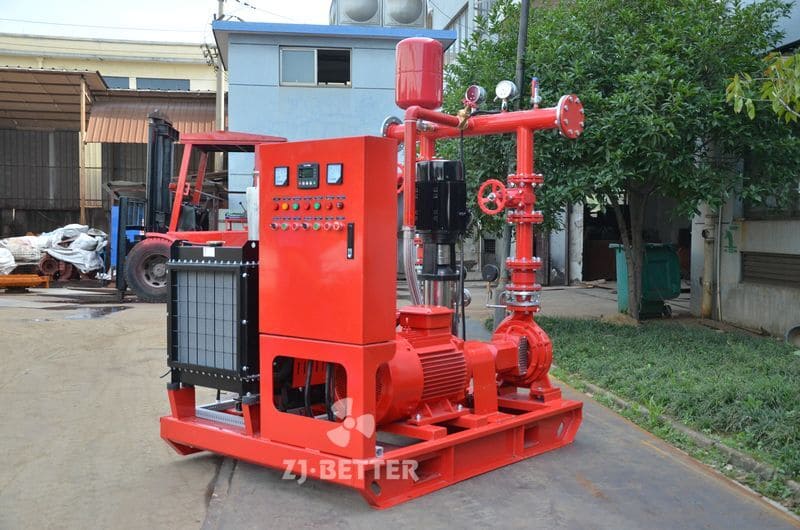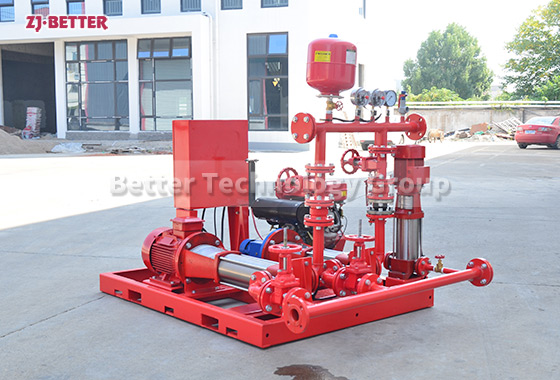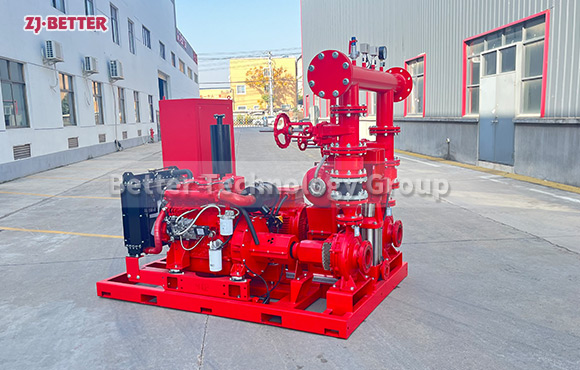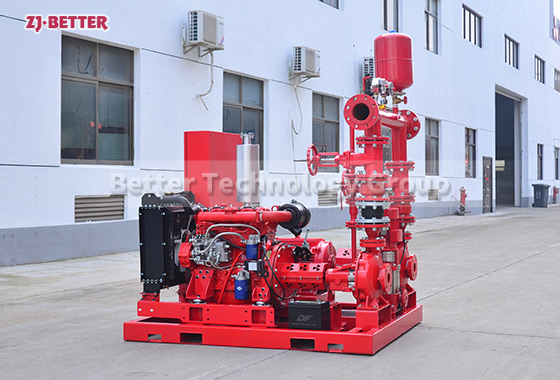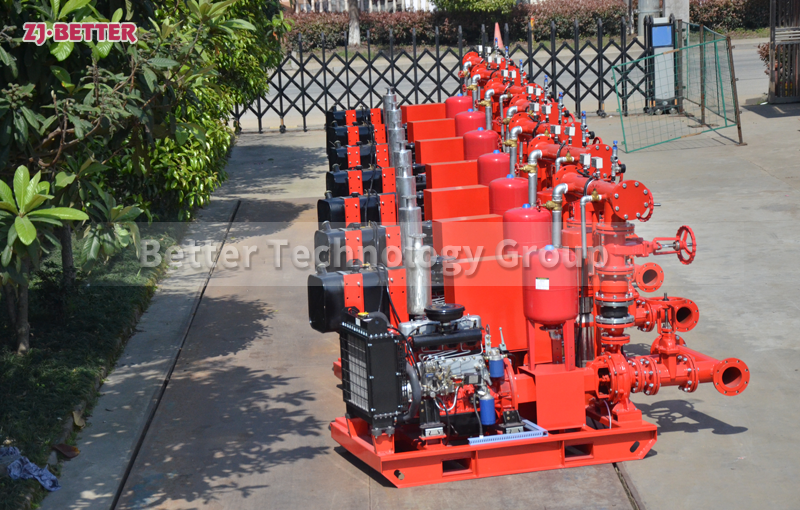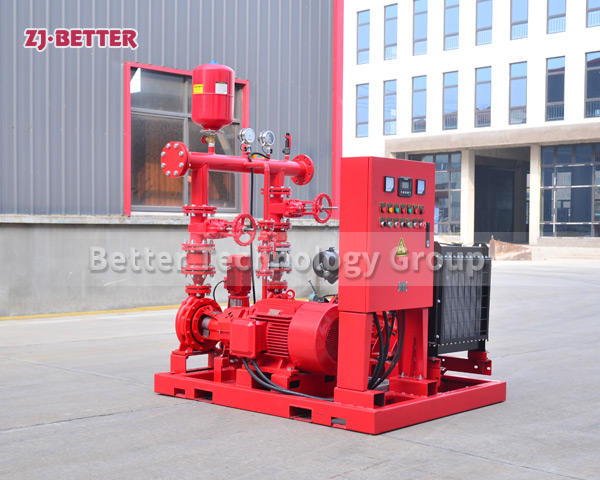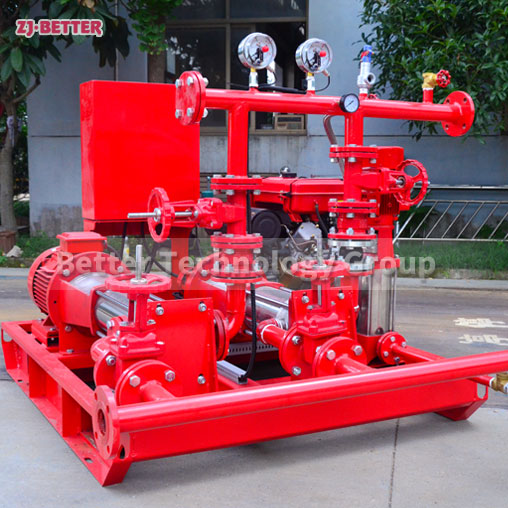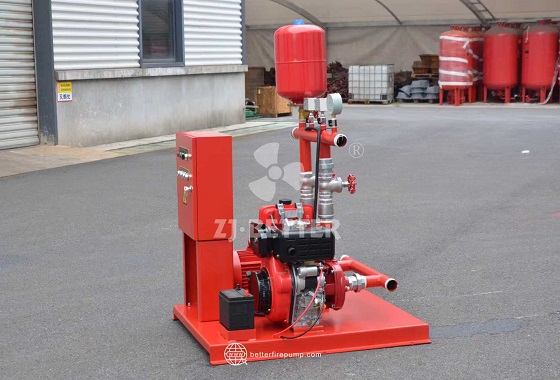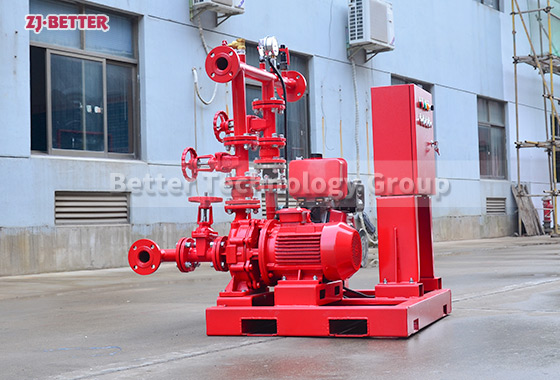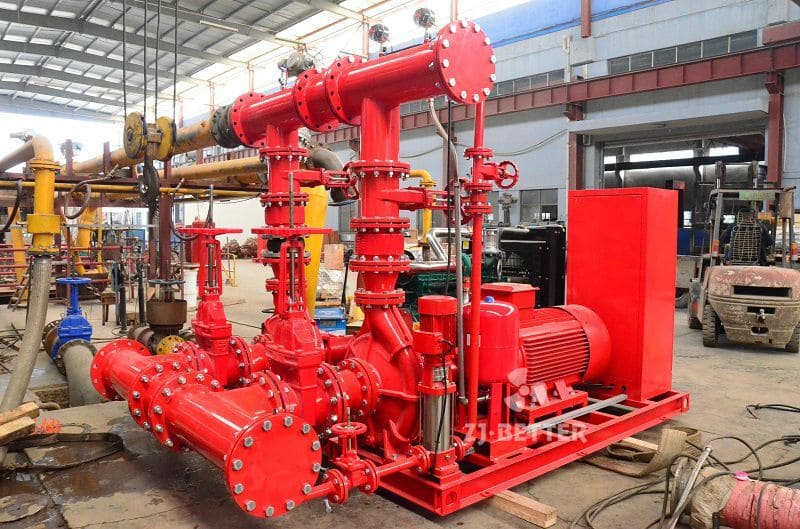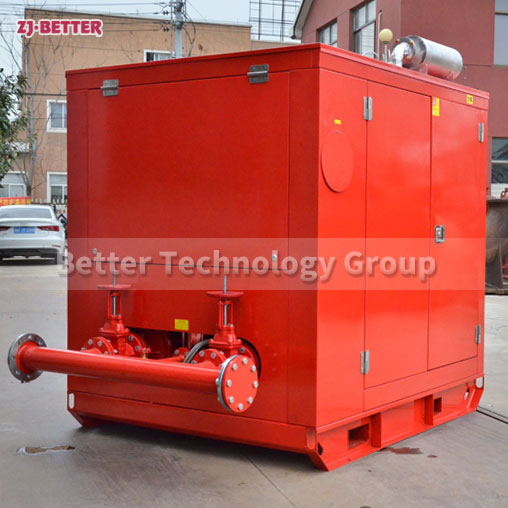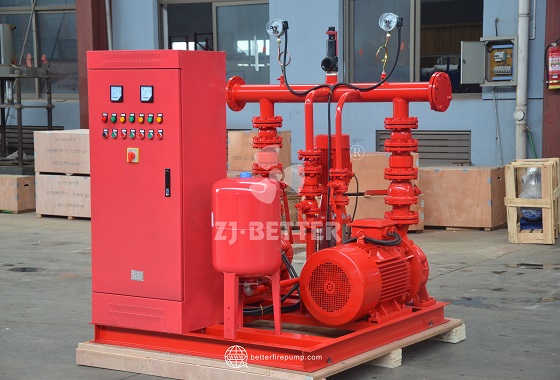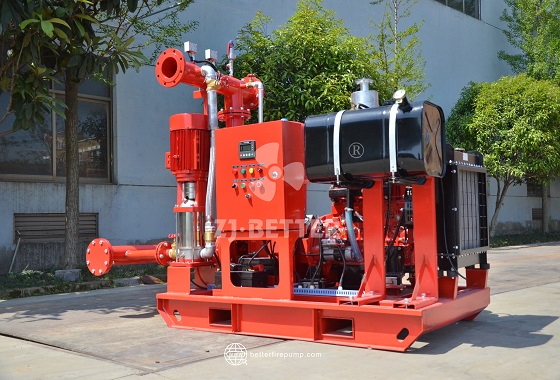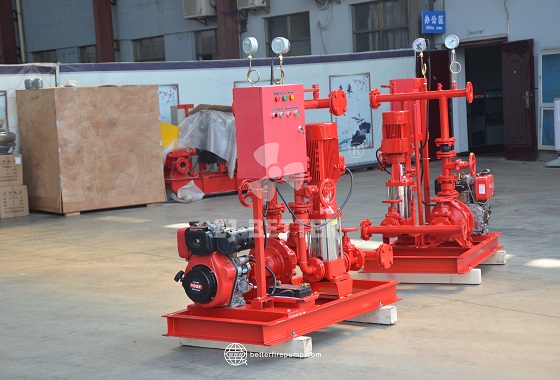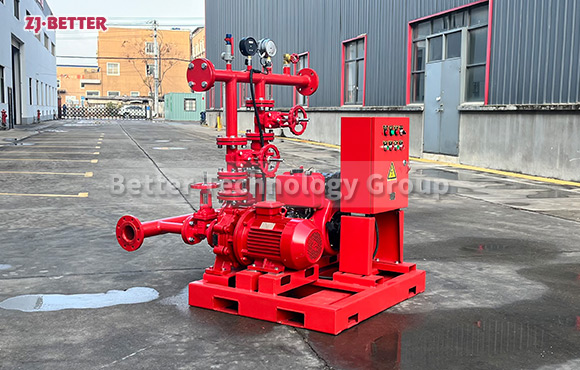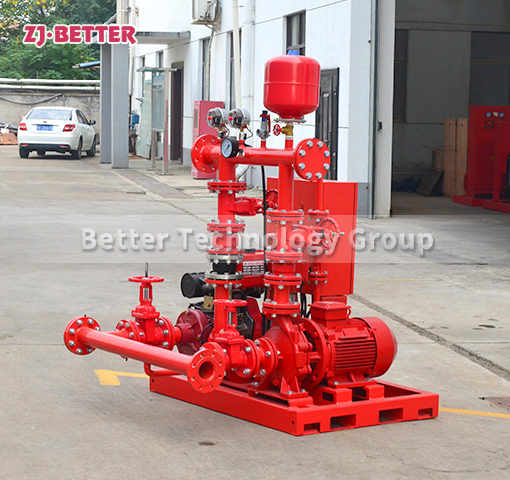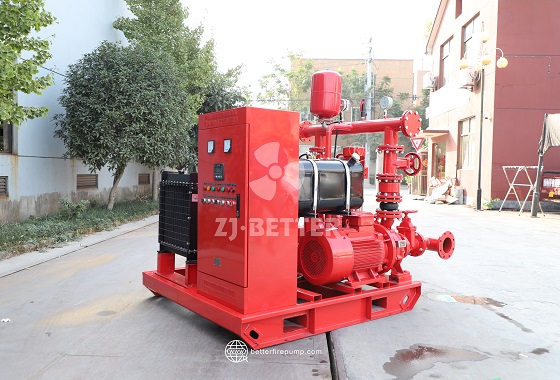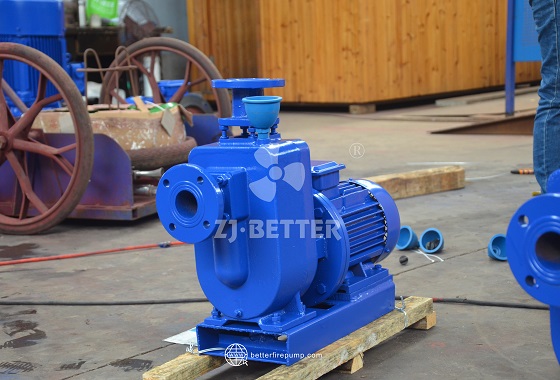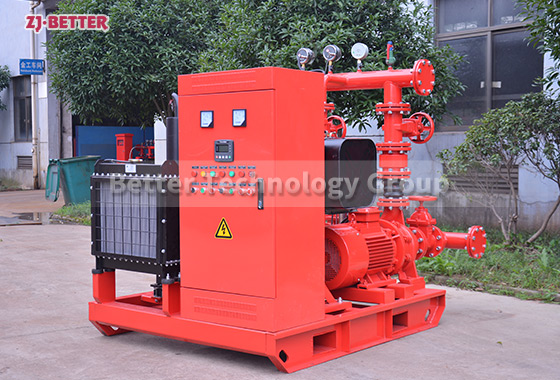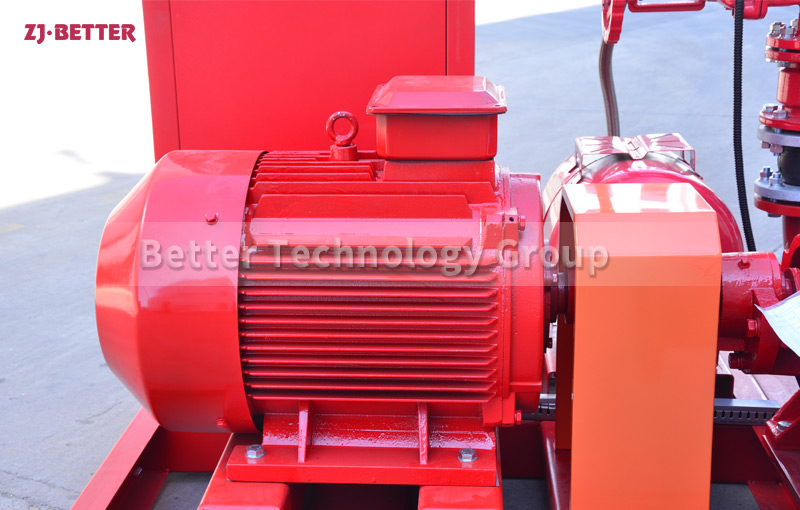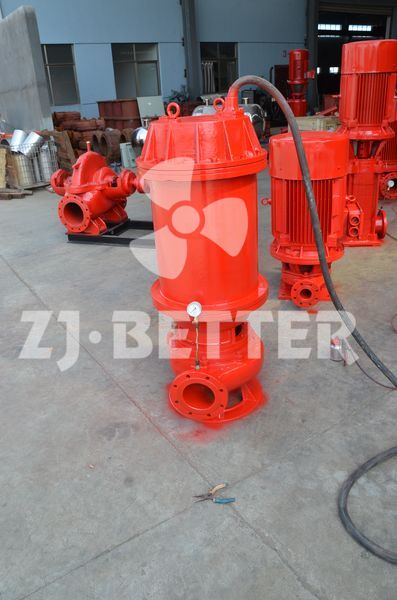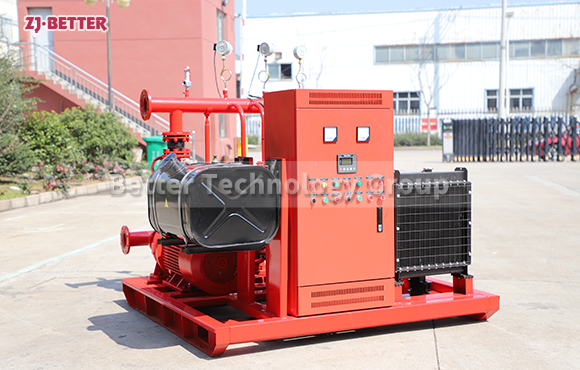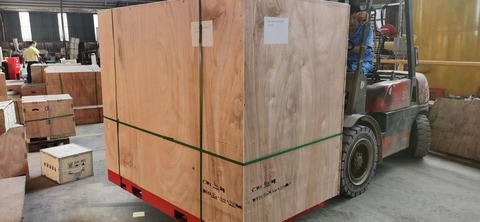How does the fire booster pump adjust the pressure?
The fire booster pump is designed to increase the flow and pressure rate of the water supply coming into the fire system. This is accomplished by drawing water from a municipality main, tank, or hydrant, and then boosting the pressure rate of the water supply with an electric motor and pump. The adjusting of the pressure rate is accomplished by changing the speed of the electric motor that is powering the pump, which in turn changes the amount of water being pushed through the system.
The fire booster pump is designed to increase the flow and pressure rate of the water supply coming into the fire system. This is accomplished by drawing water from a municipality main, tank, or hydrant, and then boosting the pressure rate of the water supply with an electric motor and pump. The adjusting of the pressure rate is accomplished by changing the speed of the electric motor that is powering the pump, which in turn changes the amount of water being pushed through the system.


